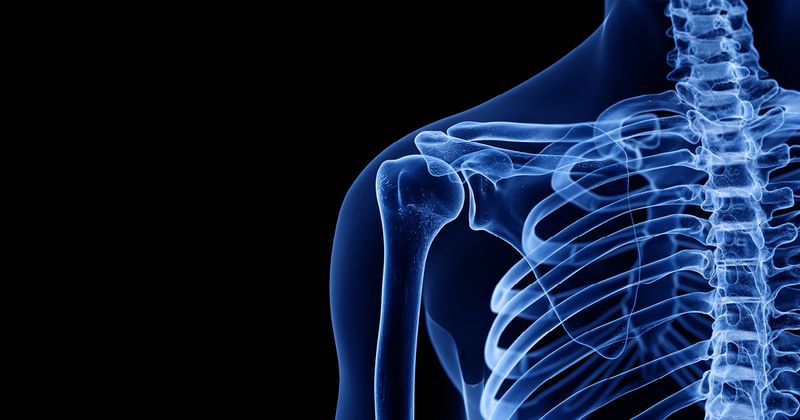Closed reduction for sternoclavicular dislocation yielded high return to sport rates
Closed reduction yielded positive results for patients with acute traumatic posterior sternoclavicular joint dislocation with high rates of return to sport and low rates of secondary stabilization, according to published results.
Researchers at Madigan Army Medical Center in Tacoma, Washington, used PubMed, EBSCOhost and Elsevier databases to perform a systematic review of 16 publications that evaluated return to sport (RTS) rates after closed reduction of an acute traumatic posterior sternoclavicular (SC) joint dislocation. Researchers also included one forthcoming case from their institution to total 17 cases and 31 patients (93.5% were male patients; mean age of 26 years) in the analysis.

The most common sports included in the analysis were football, judo, rugby, wrestling, basketball and motor vehicle activities. Overall, 74% of patients (n = 23) had a full RTS. Among the remaining patients who did not return to their preinjury level of sport, 12.9% (n = 4) reported restrictions with sports or activity; 6.5% (n = 2) changed to a sport with less contact; 3.2% (n = 1) experienced symptomatic recurrence, which required secondary surgical stabilization; and 3.2% (n = 1) quit the sport.
After reviewing the eight studies and one institutional case that reported a timeline for RTS, researchers found a mean RTS of 3.1 months. Researchers also noted 94% of the 15 patients who participated in sports with normal upper extremity function before injury successfully returned to sports at their preinjury level.
While rehabilitation protocols varied, most consisted of a period of immobilization, progression to early gentle range of motion, followed by progression to physical therapy and strengthening, researchers noted.
